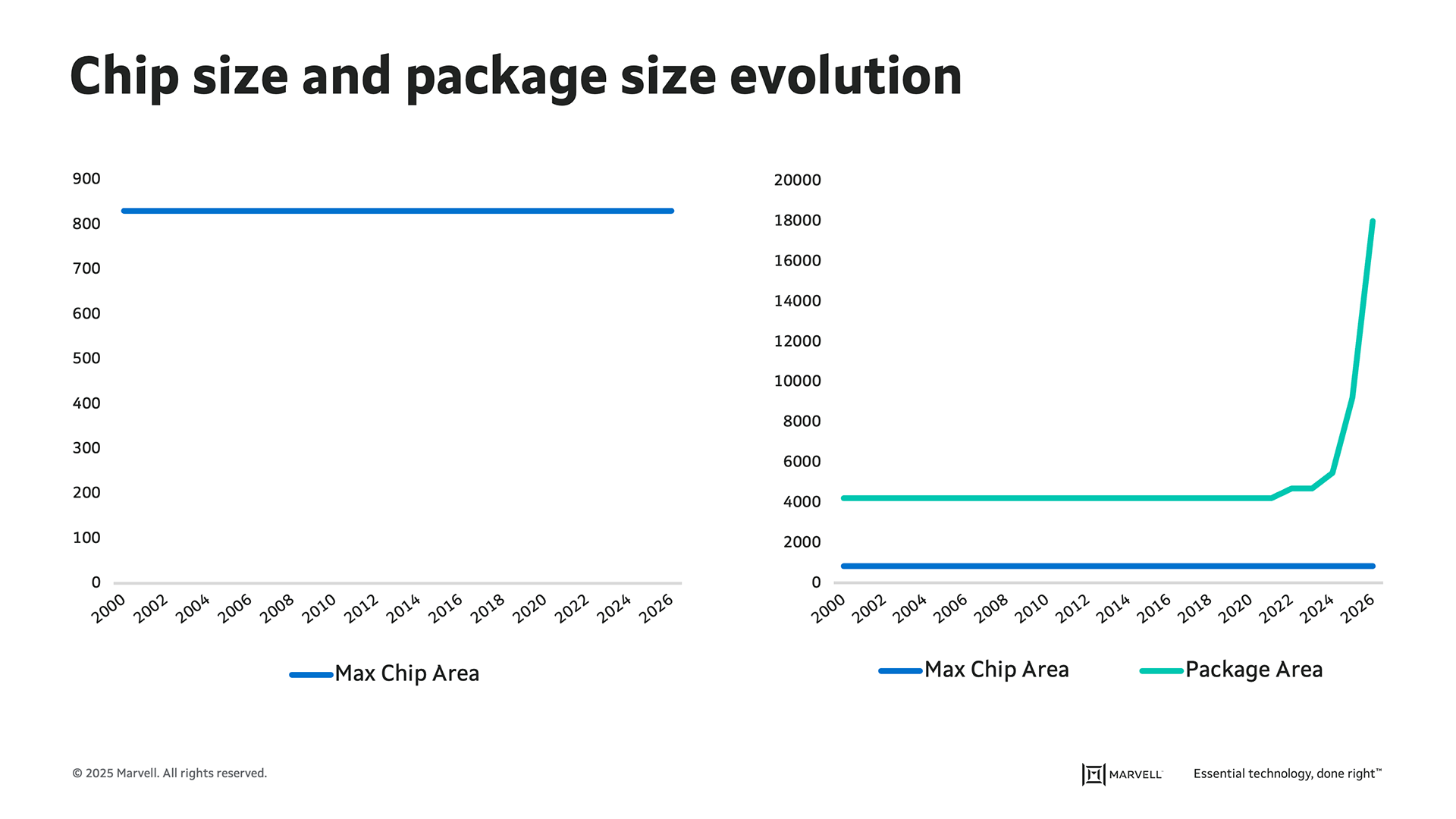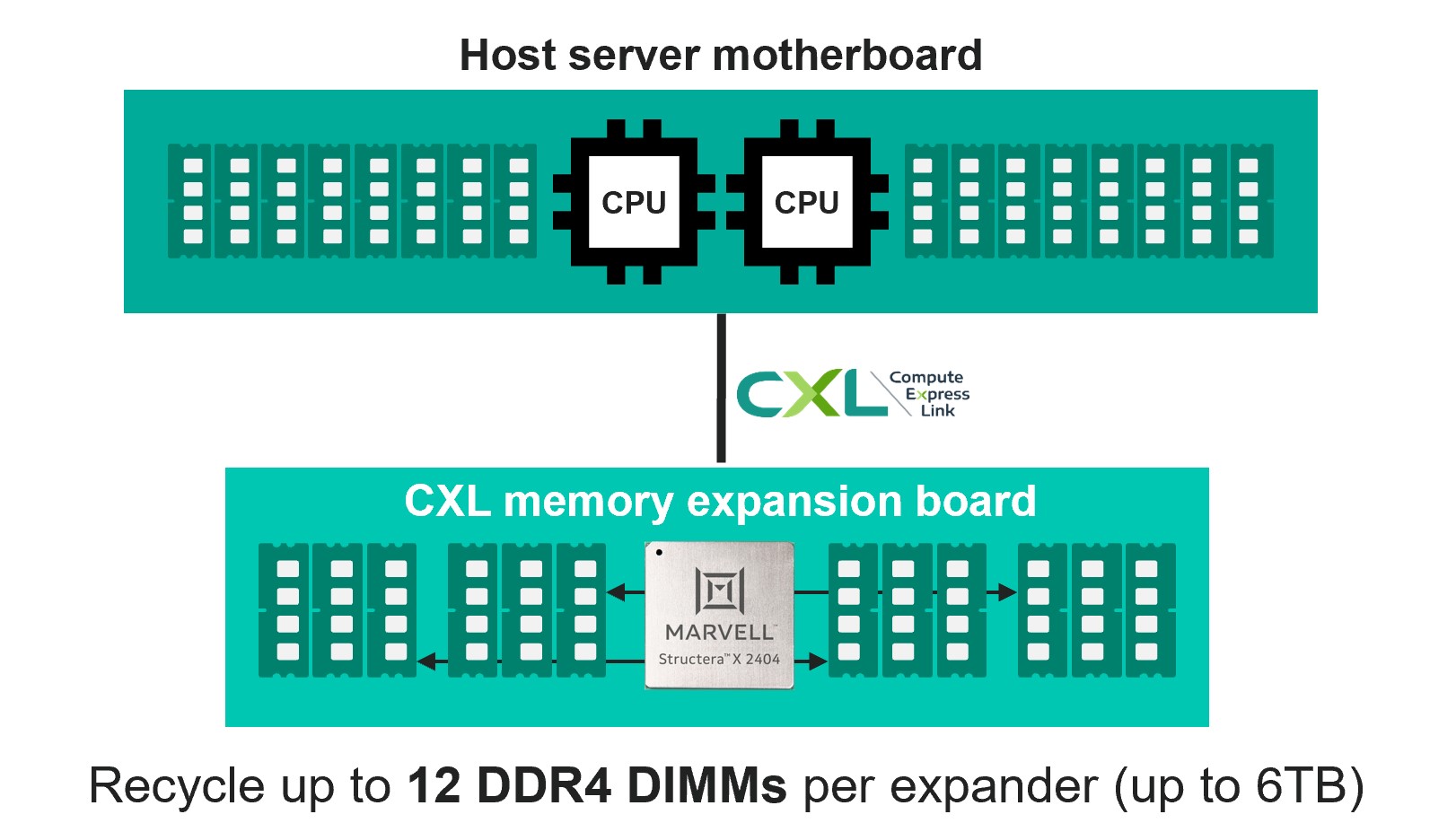

By Vienna Alexander, Marketing Content Professional, Marvell

Marvell has been recertified as a Great Place to Work through August 2026. This is the third year in a row that Marvell has earned this distinction in the U.S.—and the second year in both India and Vietnam.
Great Place to Work, a global authority on workplace culture, awards this recognition to companies based on employee feedback from the Trust Index Survey. In the survey, Marvell employees quantified the employee experience, with top results indicating that employees feel welcome in the workplace, where a sense of belonging and community is fostered. This is a meaningful reflection of the inclusive and collaborative culture that Marvell teams are building around the globe.
Marvell thanks its employees for helping make this achievement possible.
By Vienna Alexander, Marketing Content Professional, Marvell

Marvell has earned a coveted spot in Newsweek and Statista’s global list of the Most Trustworthy Companies for 2025.
The top 1,000 companies worldwide across 23 industries were compiled for their good reputation among customers, investors and employees. The publication conducted extensive surveys, reviewing 200,000 company evaluations of brand trust, and utilized social media listening strategies to arrive at these results.
In the Technology Hardware industry category, Marvell sits among industry titans and a total of 45 corporations.
Marvell believes that its achievements in fostering long-standing collaborations and robustly designing award-winning products are what make it a reliable, trustworthy industry leader and partner, thereby earning good credibility among external parties.
By Alua Suleimenova, Senior Sustainability Program Manager, and Vienna Alexander, Marketing Content Professional

Marvell has achieved an A-list ranking in the CDP Supplier Engagement Assessment for the 2024 reporting cycle. Reaching this first-time accomplishment recognizes the company’s efforts and leadership in climate targets, climate risk assessment and management, and engaging with suppliers on climate action and sustainability.
The CDP is the largest sustainability disclosure platform that evaluates how companies are doing in terms of climate action. Specifically, its Supplier Engagement module grades companies’ performance on sustainability governance and business strategy, climate targets, climate risk management processes and Scope 3 greenhouse gas (GHG) emissions which can result from activities outside of companies’ four walls like those from outsourced manufacturing suppliers.
By Michael Kanellos, Head of Influencer Relations, Marvell
More customers, more devices, more technologies, and more performance—that, ultimately, is where custom silicon is headed. While Moore’s Law is still alive, customization is taking over fast as the engine for driving change, innovation and performance in data infrastructure. A growing universe of users and chip designers are embracing the trend and if you want to see what’s at the cutting edge of custom, the best chips to study are the compute devices for data centers, i.e. the XPUs, CPUs, and GPUs powering AI clusters and clouds. By 2028, custom computing devices are to account for $55 billion in revenue, or 25% of the market.1 Technologies developed for this segment will trickle down into others.
Here are three of the latest innovations from Marvell:
Multi-Die Packaging with RDL Interposers
Achieving performance and power gains by shrinking transistors is getting more difficult and expensive. “There has been a pretty pronounced slowing of Moore’s Law. For every technology generation we don’t get the doubling (of performance) that we used to get,” says Marvell’s Mark Kuemerle, Vice President of Technology, Custom Cloud Solutions. “Unfortunately, data centers don’t care. They need a way to increase performance every generation.”
Instead of shrinking transistors to get more of them into a finite space, chiplets effectively allow designers to stack cores on top of each other with the packaging serving as the vertical superstructure.
2.5D packaging, debuted by Marvell in May, increases the effective amount of compute silicon for a given space by 2.8 times.2 At the same time, the RDL interposer wires them in a more efficient manner. In conventional chiplets, a single interposer spans the floor space of the chips it connects as well as any area between them. If two computing cores are on opposite sides of a chiplet package, the interposer will cover the entire space.
Marvell® RDL interposers, by contrast, are form-fitted to individual computing die with six layers of interconnects managing the connections.

2.5D and multilayer packaging. With current manufacturing technologies, chips can achieve a maximum area of just over 800 sq. mm. By stacking them, the total number of transistors in an XY footprint can grow exponentially. Within these packages, RDL interposers are the elevator shafts, providing connectivity between and across layers in a space-efficient manner.
By Khurram Malik, Senior Director of Product Marketing, Marvell
As AI, cloud computing, and high-performance workloads continue to grow rapidly, data centers are accelerating their infrastructure upgrades. Central to this transformation is the migration to DDR5 memory, designed to meet the increasing demands for bandwidth and speed in servers.
This shift, however, comes with a significant challenge: millions of fully functional DDR4 memory modules, the dominant memory inside today’s servers, could be retired prematurely. This is not because of a performance failure. DDR4 memory modules can operate for a decade or longer. Instead, it is because the latest generation of server CPUs only support DDR5 memory. Put another way, when hyperscalers replace their current servers with DDR5 modules over the coming years, they will be potentially throwing away billions of GBs of fully functional DDR4 memory if they can’t find ways to use them.
The result is a looming e-waste problem and an environmental impact that cannot be ignored. Up to 66 billion kilograms of CO₂ emissions—approximately the same amount that would be generated by 168 billion miles of driving1-- and thousands of tons of e-waste can be avoided by giving DDR4 a second life. Marvell® CXL Structera™ X presents a powerful solution by extending the life of DDR4 memory, enabling data centers to reuse these existing assets, reduce capital expenditures, and minimize their carbon footprint—all while improving the performance footprint of their infrastructure.
Marvell CXL Structera X: A Pathway for More Memory
Released last year, Marvell Structera CXL devices effectively allow cloud operators and system designers to add extra memory, memory bandwidth, and/or computing cores to servers by transforming an open PCIe interface into a memory channel. A first-of-its kind device, the Structera A memory accelerator provides a path for adding up to 16 server CPU cores, 200Gb of memory bandwidth and 4TB of memory for offloading the processing of deep learning recommendation models (DLRM) and other tasks for CPUs.
Structera X, meanwhile, focuses on maximizing capacity. A single Structera X 2404 is capable of supporting up to 12 DDR4 additional DIMMs, or 6TB memory capacity without compression, or up to 12TB with LZ4 inline compression in a single one- or two-processor server. It is also the first CXL device to be compatible with both DDR4 or DDR5. As a result, Structera X becomes a conduit for recycling DDR4. The diagram shows more:

Financially, reusing memory is a boon. July 2025 spot prices for 96GB DIMMs of DDR5 memory range from $458 to $488.2 Repurposing TBs of otherwise-to-be-discarded DDR4 instead of buying new DDR5 means thousands of dollars saved per CXL-enhanced server.